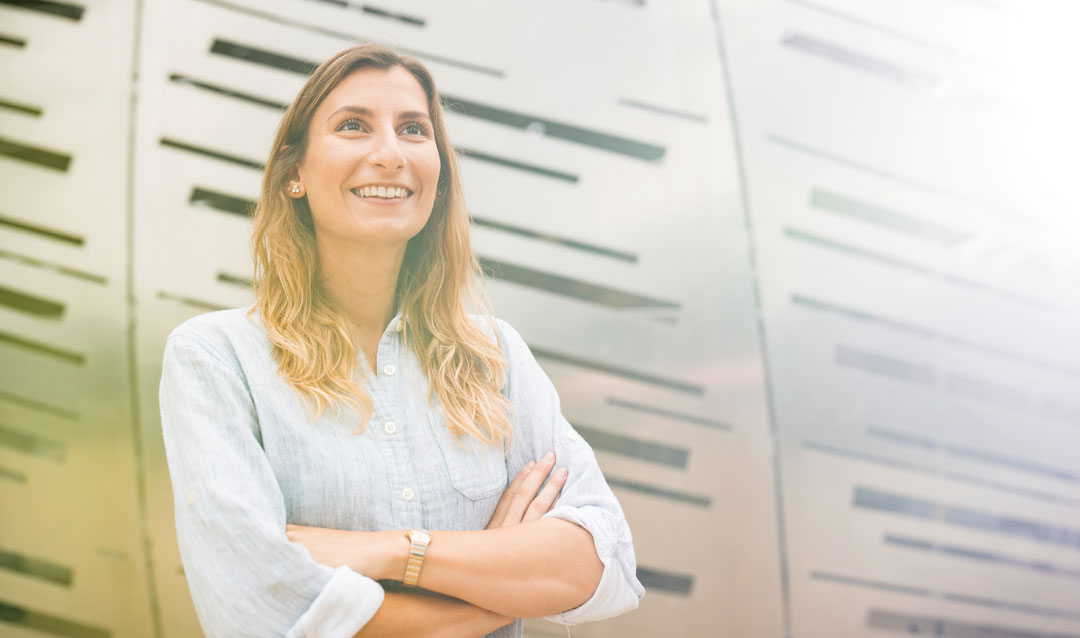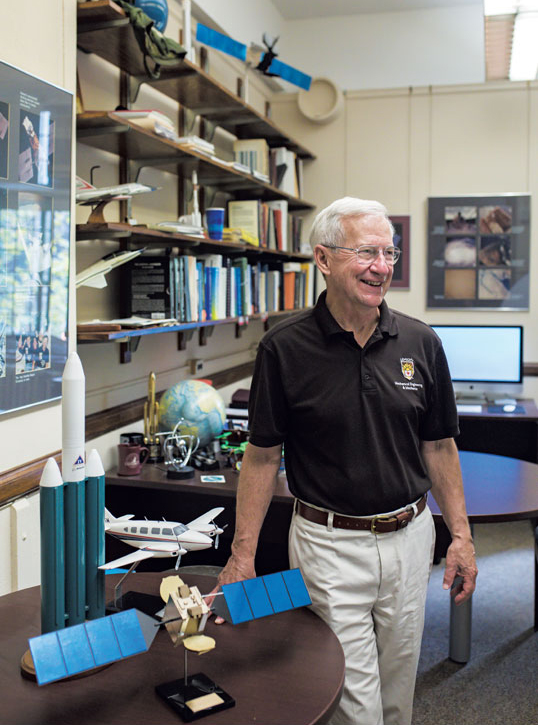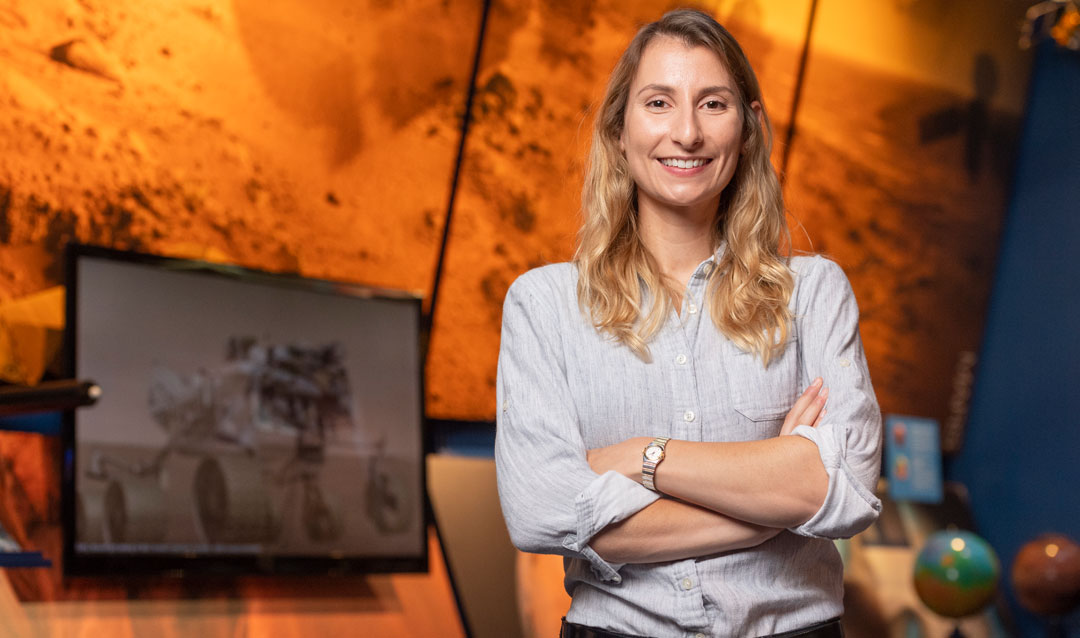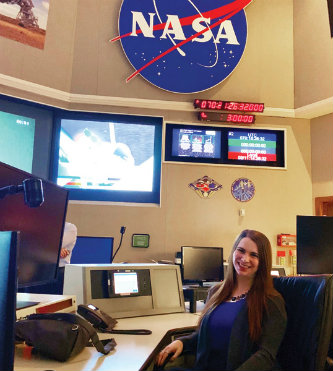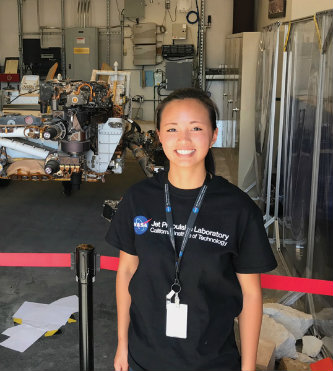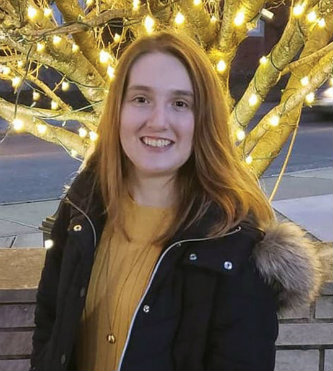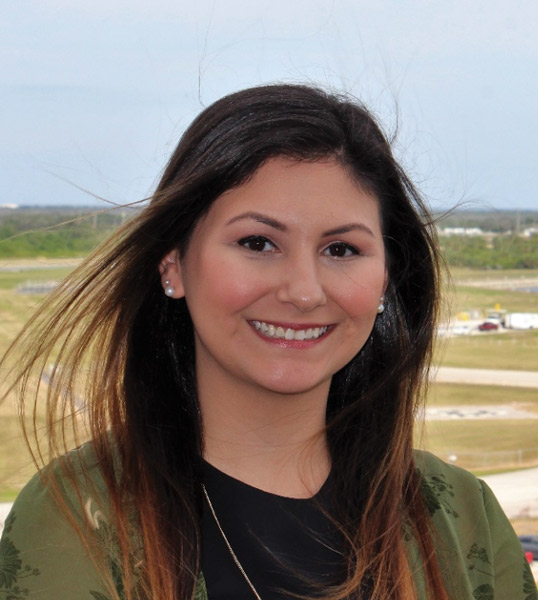By Christine Fennessy
Europa was just the coolest. Mars seemed dusty and boring, okay not really boring, but definitely dusty and most definitely dry (or so it seemed anyway). Europa, the smallest of Jupiter’s four Galilean moons—so called as they were first seen by Galileo in 1610—was supposed to contain more water than exists on Earth, all of it trapped beneath a thick, icy crust.
“I was like, ‘That is amazing. Mars used to have an ocean, but Europa has one right now. We have to go there!’” recalls Pam Fusek ’13, who graduated with a degree in mechanical engineering from Lehigh’s P.C. Rossin College of Engineering and Applied Science.
So over the spring semester of her senior year, during Professor Terry Hart’s Spacecraft Systems Engineering class, Fusek got her fellow students onboard with designing a spacecraft that could reach Europa’s orbit. A mission that could, theoretically, map the moon’s surface and transmit information about its composition. Information that could help guide a theoretical future mission.
A mission, perhaps, like the very real one Fusek had worked on for 15 months as a systems engineer for NASA’s Jet Propulsion Laboratory in Pasadena, California. A mission called the Europa Clipper.
A Childhood Dream
She remembers really wanting to be an astronaut.
Fusek isn’t sure where the fascination came from; maybe it was all the books her parents read to her before she was old enough to have a say in the subject. Maybe it was all the books about space she plowed through when she was old enough to entertain herself. Wherever it came from, the obsession was complete by the fifth grade. That’s when she had to dress up as a historical figure and present to her class. She chose Russian cosmonaut Valentina Tereshkova, the first woman to go into space.
“I thought she was the biggest, baddest figure in history,” says Fusek, now 27.
The astronaut dream eventually faded—she’s not a huge fan of small spaces—but the allure of space remained. And a high school physics class hinted at another way to get there.
“I loved the way you could characterize the world and everything around us with equations. My high school self thought that was the coolest thing, turning something complicated into something understandable. I thought, ‘Oh yeah, this is it.’ From there, it wasn’t even a question of whether I would do mechanical engineering. No other class had piqued my interest like that, so I just followed it.”


